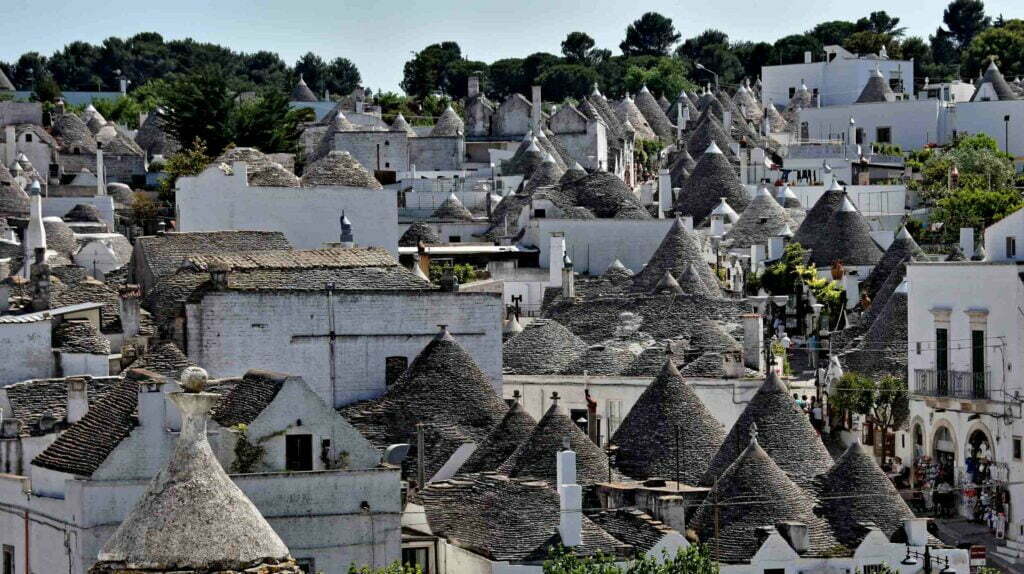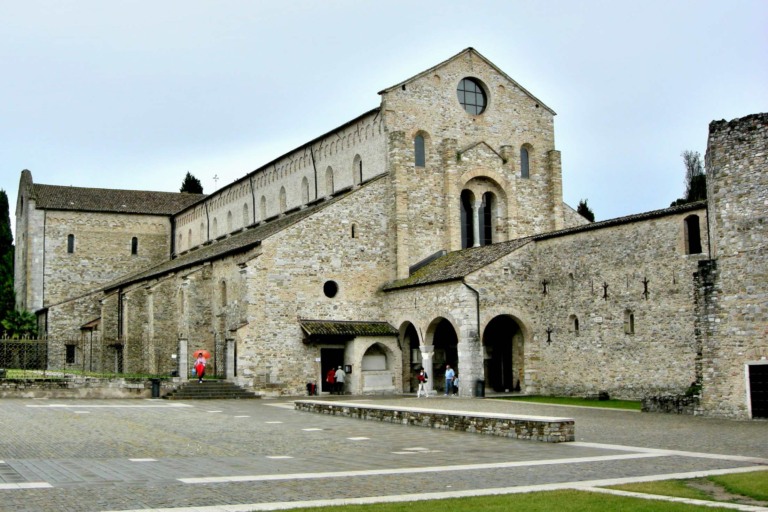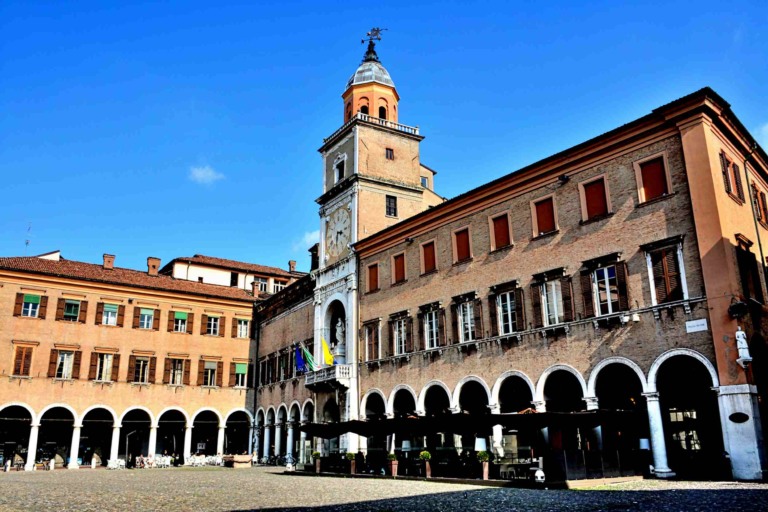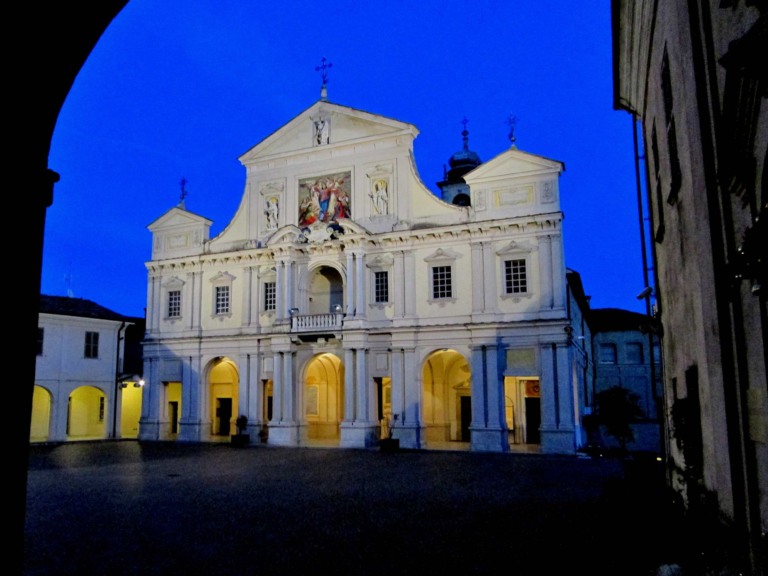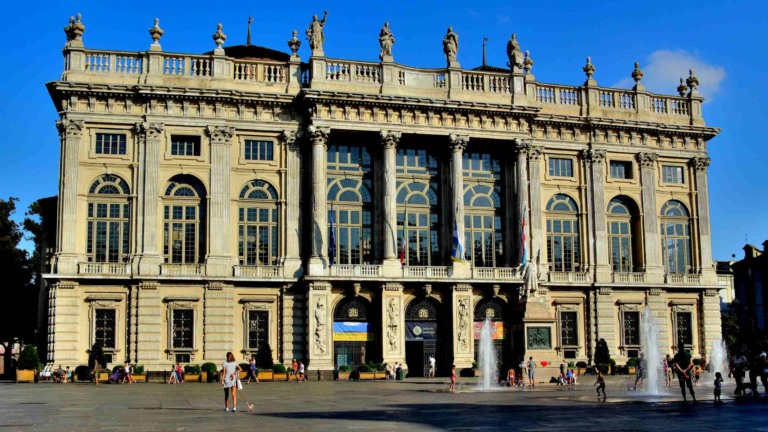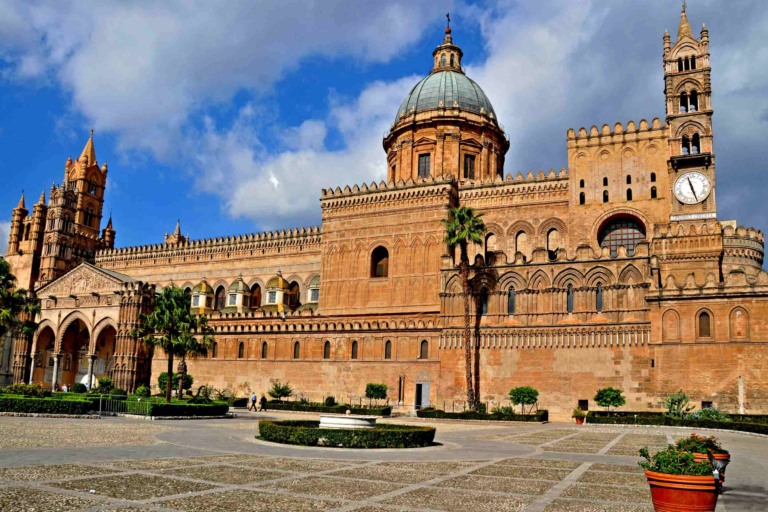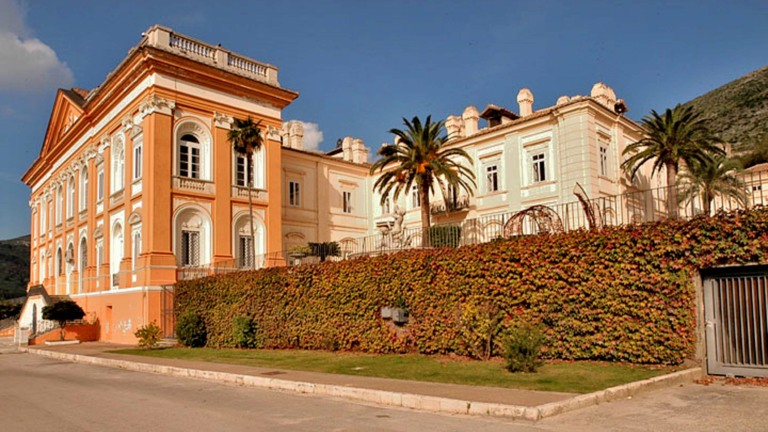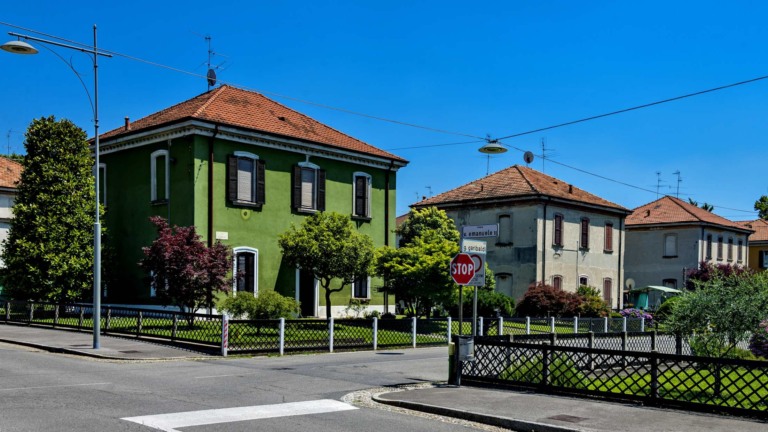The Trulli of Alberobello have been listed as a UNESCO World Heritage Site since 1996. Alberobello is a small town and comune in Apulia, which is in the south of Italy. It is part of the Metropolitan City of Bari. It has 10,735 people living there, and its unique trullo buildings are well-known. Trulli (singular: trullo) are traditional dry-stone huts in Apulia with a conical roof. Their style of building is unique to the Itria Valley in the Murge area of Apulia.
Trulli of Alberobello
Trulli were usually built by small business owners or farm workers as temporary field shelters and storage sheds or as permanent homes. In the town of Alberobello, which is in the province of Bari, trulli are built into whole neighborhoods. The 19th century, especially the last few decades, was the best time for trulli. This was because winemaking became more popular during this time.
History of Trulli houses
The trulli are the typical limestone homes of Alberobello in the southern Italian region of Puglia. They are amazing examples of corbelled dry-stone construction, a prehistoric building method that is still used in this area. As early as the middle of the 14th century, these buildings had roofs with pyramidal, domed, or conical shapes made of corbelled limestone slabs. Rural trulli can be found all along the Itria Valley, but the most and best-preserved ones are in the town of Alberobello.
Alberobello Italy
There, in the neighborhoods of Rione Monti and Aja Piccola, there are more than 1,500 of these buildings. Between 1909 and 1936, parts of Alberobello were set aside as heritage monuments to keep them safe. The property is made up of six pieces of land that add up to 11 hectares. The land parcels include two parts of the city (quarters or Rione Monti with 1,030 trulli and Rione Aia Piccola with 590 trulli) and four specific places (Casa d’Amore, Piazza del Mercato, Museo Storico, and Trullo Sovrano).
The size and consistency of these areas, the fact that traditional building methods are still used, and the fact that people still live in trulli, make this property a unique historic urban landscape. Trulli were made from roughly worked limestone that was dug up on-site to make sub-floor cisterns and from boulders that were found in nearby fields and rock outcroppings.
Trulli Italy
The buildings are usually rectangles with corbelled roofs that are shaped like cones. The whitewashed walls of the trulli are built right onto the limestone bedrock using a technique called “dry-stone walling” (that is, without the use of mortar or cement). The walls have a double skin and a core of rubble. The walls are broken up by a door and a few small windows. The thick walls have alcoves and a fireplace built into them.
The roofs are also made of two layers: a domed inner layer of wedge-shaped stone (used to build an arch or vault) topped by a closing stone; and a watertight outer cone made of corbelled limestone slabs called chianche or chiancarelle. The roof structure sits directly on the walls using simple squinches, or corner arches. This makes it possible for the roof to go from being square or rectangular to round or oval.
On the top of buildings, mythological or religious symbols made of white ash and topped with a decorative point are often used to keep away evil or bad luck. Water is collected by eaves that stick out from the bottom of the roof. These eaves direct water through a channeled slab and into a cistern that’s built into the ground below the house. The roofs can be reached by narrow stone steps.
Alberobello Trulli
The trulli of Alberobello are a type of dry-stone building that has been used in the Mediterranean area for thousands of years. Around 1000 years ago, there were a few scattered towns in the area where Alberobello is now (1,000 AD). The settlements grew over time until they became the towns of Aia Piccola and Monti. Around the middle of the 14th century, Robert d’Anjou, Prince of Taranto, gave the area around Alberobello to the first Count of Conversano as a reward for his service during the Crusades.
By the middle of the 16th century, there were about forty trulli in the Monti district. However, the town didn’t start to grow until 1620, when the Count of the time, Gian Girolamo Guercio, ordered the building of a bakery, mill, and inn. By the end of the 18th century, there were more than 3,500 people living there. In 1797, feudal rule ended. The town was given the name Alberobello, and the Bourbon King of Naples, Ferdinand IV, made Alberobello a royal town. After this point, fewer and fewer new trulli were built.
Alberobello Puglia
The “Casa D’Amore” and the “Siamese Trullo” are two of the most well-known trulli. Even a church is built in the shape of a trullo. It is called the Church of St. Anthony. The street “Largo Martellotta,” which used to be called “Largo delle Fogge,” divides the historical center of this village into two parts: “Rione Monti” and “Rione Aia Piccola.” Both of these areas were named Italian National Monuments in 1910 and 1930. Make sure you don’t miss the Belvedere when you’re in Largo Martellotta.
Climb the stairs and you’ll see a breathtaking view. Alberobello is one of the most popular places to visit in Puglia, even in the winter, because of how beautiful the Trulli buildings are. At Christmas, lights, decorations, and the Nativity add to its beauty, and because it’s in the countryside of Puglia, it snows almost every year. Snow usually falls for just a few days in early January, but when it does, the Trulli look like they belong in a fairy tale.
Alberobello Trulli Houses
If you want to learn more about the real culture of Alberobello and Trulli, you can go to the Museo del Territorio (Territory Museum) in “Casa Pezzola.” This museum is made up of 15 rooms that all talk to each other and show the history, customs, and folklore of the town. Anyway, the best way to take in the atmosphere is to walk through the small streets, looking for and visiting the old Trulli, talking with the locals, and eating the delicious food that is typical of the area.
This small, unique town also has a long history of making things by hand. As you walk through the streets, you will find shops with things made of wrought iron, olive wood, and linen. Because of where it is, Alberobello is also a great place to start a road trip to Puglia. You can go to Noci, Putignano, and Castellana Grotte if you go north. Locorotondo, Martina Franca, and Cisternino are all in the Itria Valley and can be found by going south.
Just for fun, try to guess why the roofs of Trulli look the way they do: In the past, the roofs of buildings in Italy were taxed. So, depending on how many roofs you had, you had to pay this tax. The people of Alberobello had come up with a plan. They started building their own houses with this cone-shaped roof made of stones pushed up against each other without glue or concrete. So, they could take the roofs apart whenever they wanted, like when the tax inspector showed up. Before they started building, they couldn’t have known that these houses would be unique in the whole world.
